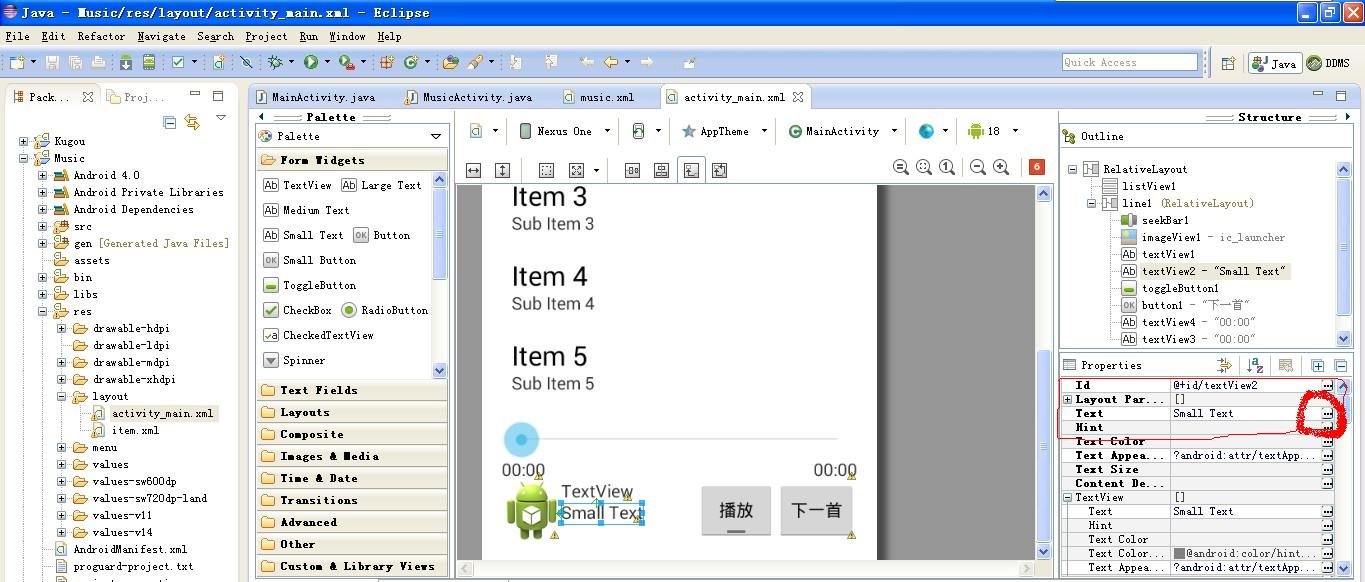ios的ARC的机制和使用方法
[html]
ARC是什么
ARC是iOS 5推出的新功能,全称叫 ARC(Automatic Reference Counting)。简单地说,就是代码中自动加入了retain/release,原先需要手动添加的用来处理内存管理的引用计数的代码可以自动地由编译器完成了。
该机能在 iOS 5/ Mac OS X 10.7 开始导入,利用 Xcode4.2 可以使用该机能。简单地理解ARC,就是通过指定的语法,让编译器(LLVM 3.0)在编译代码时,自动生成实例的引用计数管理部分代码。有一点,ARC并不是GC,它只是一种代码静态分析(Static Analyzer)工具。
变化点
通过一小段代码,我们看看使用ARC前后的变化点。
[html]
@inte易做图ce NonARCObject : NSObject {
NSString *name;
}
-(id)initWithName:(NSString *)name;
@end
@implementation NonARCObject
-(id)initWithName:(NSString *)newName {
self = [super init];
if (self) {
name = [newName retain];
}
return self;
}
-(void)dealloc {
[name release];
[Super dealloc];
}
@end
@inte易做图ce NonARCObject : NSObject {
NSString *name;
}
-(id)initWithName:(NSString *)name;
@end
@implementation NonARCObject
-(id)initWithName:(NSString *)newName {
self = [super init];
if (self) {
name = [newName retain];
}
return self;
}
-(void)dealloc {
[name release];
[Super dealloc];
}
@end
[html]
@inte易做图ce ARCObject : NSObject {
NSString *name;
}
-(id)initWithName:(NSString *)name;
@end
@implementation ARCObject
-(id)initWithName:(NSString *)newName {
self = [super init];
if (self) {
name = newName;
}
return self;
}
@end
@inte易做图ce ARCObject : NSObject {
NSString *name;
}
-(id)initWithName:(NSString *)name;
@end
@implementation ARCObject
-(id)initWithName:(NSString *)newName {
self = [super init];
if (self) {
name = newName;
}
return self;
}
@end
我们之前使用Objective-C中内存管理规则时,往往采用下面的准则
生成对象时,使用autorelease
对象代入时,先autorelease后再retain
对象在函数中返回时,使用return [[object retain] autorelease];
而使用ARC后,我们可以不需要这样做了,甚至连最基础的release都不需要了。
使用ARC的好处
使用ARC有什么好处呢?
看到上面的例子,大家就知道了,以后写Objective-C的代码变得简单多了,因为我们不需要担心烦人的内存管理,担心内存泄露了
代码的总量变少了,看上去清爽了不少,也节省了劳动力
代码高速化,由于使用编译器管理引用计数,减少了低效代码的可能性
不好的地方
记住一堆新的ARC规则 — 关键字及特性等需要一定的学习周期
一些旧的代码,第三方代码使用的时候比较麻烦;修改代码需要工数,要么修改编译开关
补充:移动开发 , IOS ,




